Introduction
Baozi, or Chinese steamed buns, are a beloved staple in Asian cuisine, celebrated for their soft, pillowy texture and versatile fillings. These delicate parcels of dough, stuffed with everything from seasoned meats to aromatic vegetables, have captured the hearts and palates of food enthusiasts worldwide. While they may appear simple at first glance, achieving the ideal balance of tender dough and flavorful filling requires precision, patience, and a deep understanding of traditional techniques. This article delves into the intricacies of baozi-making, exploring ingredient selection, dough preparation, filling mastery, shaping secrets, and steaming perfection. Whether you’re a novice cook or a seasoned chef, mastering these steps will elevate your baozi from ordinary to extraordinary.
The Foundation: Selecting Quality Ingredients
The journey to exceptional baozi begins with sourcing the finest ingredients. Flour forms the backbone of the dough, and choosing the right type is critical. All-purpose flour, with its moderate protein content (around 10-12%), strikes a balance between structure and tenderness. For a chewier texture, bread flour (12-14% protein) can be used, though it may require slightly more liquid to avoid dryness. Avoid cake flour, as its low protein content (7-9%) yields fragile dough.
Yeast, the leavening agent, demands freshness. Active dry yeast is ideal for home cooks; ensure it’s activated by proofing it in warm water (105–115°F or 40–46°C) with a pinch of sugar. Instant yeast skips the proofing step but requires precise measurement. For fillings, prioritize freshness: lean pork shoulder or belly offers juiciness, while chicken thigh meat stays moist. Vegetarian fillings benefit from umami-rich ingredients like dried shiitake mushrooms or fermented bean paste.
Dough Preparation: The Alchemy of Flour and Water
Creating the perfect dough is a dance between science and intuition. Begin by combining 500g of flour with 1 teaspoon of sugar and 1 teaspoon of salt in a large bowl. In a separate vessel, dissolve 7g of active dry yeast in 250ml of warm water, allowing it to froth for 10 minutes—a sign of active yeast. Gradually incorporate the yeast mixture into the flour, stirring with chopsticks until a shaggy mass forms.
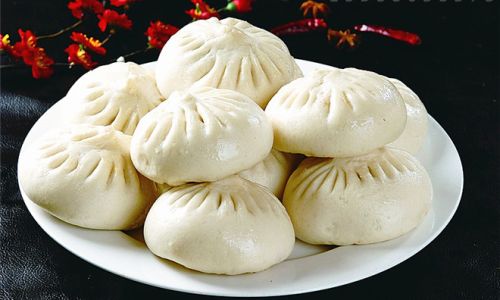
Kneading develops gluten, the protein network responsible for dough elasticity. Turn the dough onto a lightly floured surface and knead for 8–10 minutes using the heel of your hand. Push, fold, and rotate the dough, avoiding over-flouring, which can dry it out. The dough is ready when it feels smooth, springs back when pressed, and passes the “windowpane test”: stretching a small piece until translucent without tearing.
Proofing follows in a warm, draft-free environment (75–80°F or 24–27°C). Cover the bowl with a damp cloth or plastic wrap to prevent drying. The first rise should double the dough’s volume, typically 1.5–2 hours. Punching down the dough redistributes yeast and prevents large air pockets, ensuring even texture.
Filling Mastery: Balancing Flavors and Textures
A memorable baozi hinges on its filling. For classic pork baozi, combine 300g of minced pork (20% fat) with 100g of finely chopped cabbage (salted and squeezed to remove moisture). Season with 2 tablespoons of soy sauce, 1 tablespoon of oyster sauce, 1 teaspoon of sesame oil, 1 tablespoon of grated ginger, 2 minced garlic cloves, and a pinch of white pepper. Marinate for 30 minutes to meld flavors.
Vegetarian fillings demand layered complexity. Sauté 100g of rehydrated shiitake mushrooms, 50g of bamboo shoots, and 50g of tofu in sesame oil until golden. Season with light soy sauce, Shaoxing wine, and a touch of sugar. For sweetness, incorporate 150g of sweet bean paste or mashed red bean paste, thinned with a tablespoon of vegetable oil.
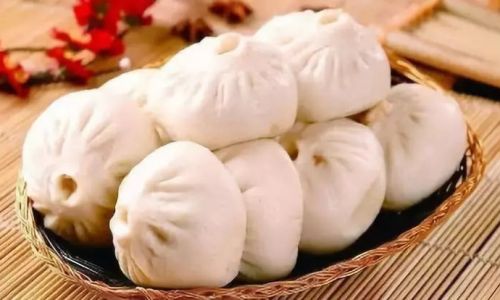
Shaping Secrets: From Dough Ball to Perfect Pouch
Shaping baozi is an art form requiring practice. Divide the dough into 40g portions for standard-sized buns. Roll each into a smooth ball, then flatten into a 4-inch circle, thinner at the edges than the center. Hold the wrapper in your palm, add 1.5 tablespoons of filling, and pleat the edges by pinching and twisting. Aim for 18–22 pleats for an authentic appearance.
Common pitfalls include uneven thickness (causing blowouts) and insufficient sealing (leading to leaks). To prevent sticking, dust the work surface lightly with flour. If the dough resists stretching, let it rest for 5 minutes to relax the gluten.
Steaming Perfection: Heat, Time, and Technique
Steaming transforms raw dough into ethereal buns. Line a bamboo steamer with parchment or cabbage leaves to prevent sticking. Arrange baozi 2 inches apart to allow expansion. Cover and let rest for 15–20 minutes (the final proof) before steaming.
Bring water to a rolling boil in a wok or pot, then reduce to a simmer. Place the steamer over the water and cook for 15–20 minutes, depending on size. Resist the urge to peek, as sudden temperature drops can cause collapse. After steaming, let the baozi rest for 5 minutes off the heat to firm up gradually.
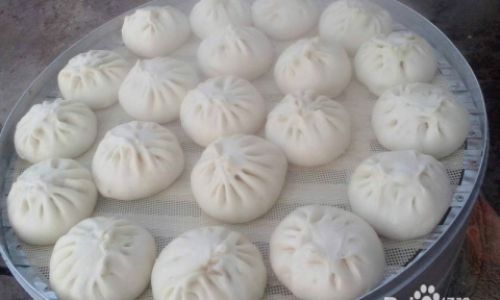
Troubleshooting Common Challenges
- Tough Dough: Over-kneading or excessive flour during shaping. Use the windowpane test and minimal dusting flour.
- Soggy Bottoms: Excess moisture in the steamer. Ensure the water is simmering, not boiling vigorously, and use a cloth between the steamer and pot.
- Collapsed Baozi: Premature lid removal. Keep the lid sealed until resting time concludes.
- Bland Fillings: Under-seasoning or insufficient marinating. Taste and adjust seasonings before assembling.
Regional Variations and Creative Twists
Explore China’s culinary diversity through regional baozi styles. Shanghai’s xiaolongbao, or soup dumplings, contain gelatinous broth that melts during steaming. To replicate, mix 100g of pork aspic into the filling; the heat will liquefy it. For Cantonese-style char siu bao, use a sweet, honey-glazed barbecue pork filling.
Modern interpretations push boundaries: truffle-infused mushroom baozi, spicy kimchi and beef blends, or even dessert versions with Nutella or custard. Experiment with herbs like cilantro or spices like Sichuan pepper for unique flavors.
Serving and Pairing Suggestions
Baozi shine when paired with complementary condiments. A classic dipping sauce combines soy sauce, black vinegar, chili oil, and minced garlic. For a refreshing contrast, serve alongside pickled vegetables (zha cai) or a bowl of congee.
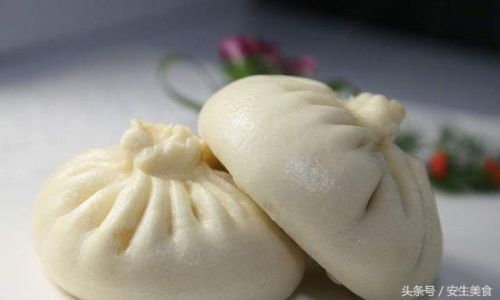
In Chinese culture, baozi are integral to breakfasts, festivals, and family gatherings. Their portable nature makes them ideal for picnics or lunches. Homemade batches freeze beautifully; steam directly from frozen, adding 2–3 minutes to cooking time.
Conclusion: The Joy of Handcrafted Baozi
Crafting exceptional baozi is a labor of love, blending tradition with creativity. Each step—from kneading dough to perfecting pleats—offers a meditative rhythm and immediate gratification. While challenges may arise, persistence and attention to detail yield buns that rival those of seasoned street vendors. Embrace the process, experiment with fillings, and share your creations with loved ones. After all, the true essence of baozi lies not just in their flavor, but in the joy of making and sharing them. With practice, you’ll discover that the secret to unforgettable baozi is not in a single technique, but in the harmony of all elements working in perfect unison.


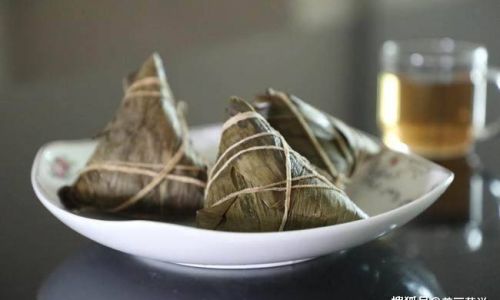

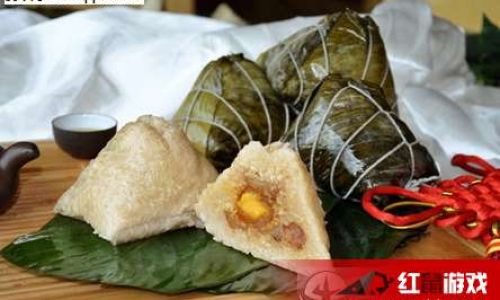
0 comments